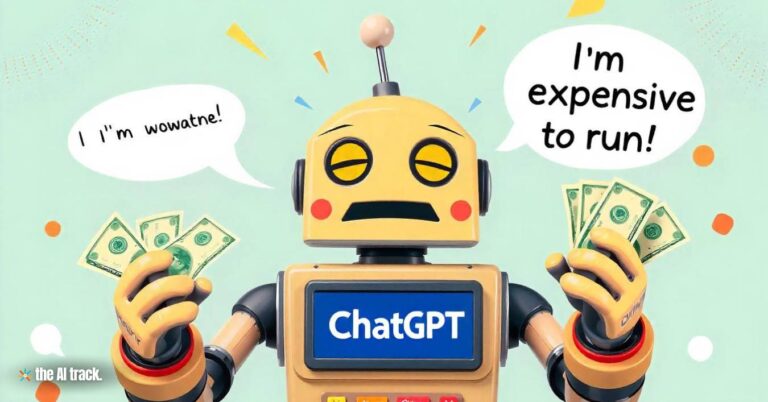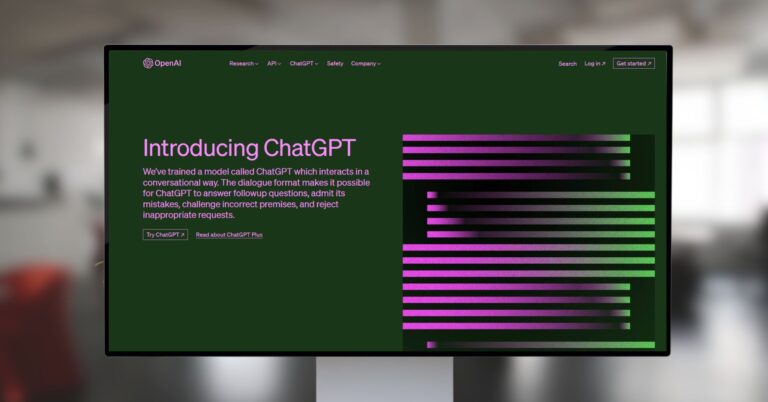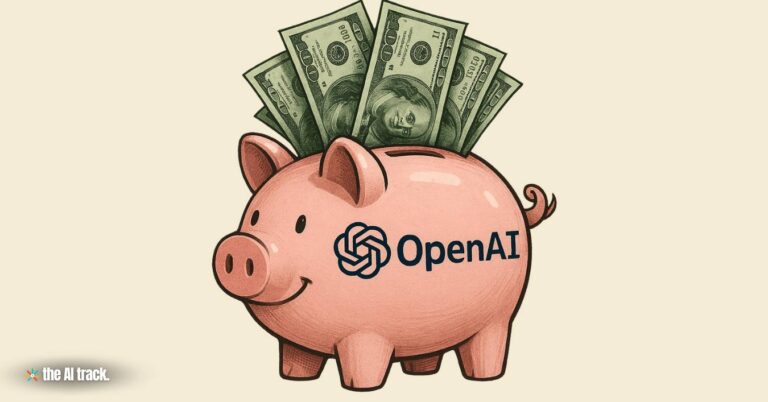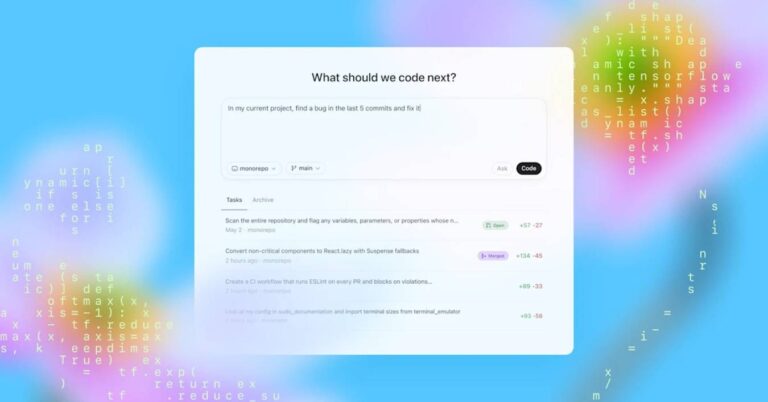OpenAI’s $200/month ChatGPT Pro subscription highlights the financial strain of monetizing advanced AI. Despite significant global interest, CEO Sam Altman disclosed that the subscription remains unprofitable due to unforeseen usage demands and operating costs of $700,000 per day. GPT-4’s advanced queries alone can cost up to $1,000 each, reflecting the immense computational burden.
Even with $3.7 billion in revenue, OpenAI reported $5 billion in losses, exposing the unsustainable economics of scaling cutting-edge AI technology.

ChatGPT Pro Subscription Makes Losses – Key Points
Revenue vs. Costs
- Pricing and Usage Dynamics: OpenAI’s ChatGPT Pro subscription at $200 per month, has generated significant user interest globally. However, CEO Sam Altman revealed that the subscription plan is currently unprofitable due to unexpectedly high usage levels. Altman noted on social media that, despite the premium pricing, “we are currently losing money on OpenAI Pro subscriptions!” This reflects a miscalculation in estimating user demand and associated operational costs.
- Daily Costs: Operating ChatGPT incurs substantial expenses, with daily costs estimated at approximately $700,000. The computational demands of advanced queries powered by GPT-4 can lead to costs of up to $1,000 per query, highlighting the resource intensity of running such advanced AI models.
- 2024 Financial Performance: OpenAI anticipates generating $3.7 billion in revenue for 2024; however, it also projects losses of around $5 billion. This stark contrast underscores the challenges of maintaining a sustainable financial structure amidst high operational costs driven by server expenses, data processing, and electricity usage.
Subscription Model Details
- Pro Tier Features: Launched in late 2024, ChatGPT Pro subscription offers users enhanced features, including:
- Access to the o1 reasoning model with “chain of thought” (CoT) reasoning.
- Unlimited queries and tools like the Sora video generator.
- Faster response times and priority access during high-traffic periods.
- o1 Model Complexity: The o1 model’s advanced reasoning capabilities drive up GPU usage and operational time, significantly increasing costs.
Strategic Missteps in Pricing
- Lack of Market Research: Altman admitted setting ChatGPT Pro subscription at $200/month price without thorough analysis, mirroring a similar approach with the $20/month ChatGPT Plus tier.
- Overestimated Revenue Potential: With around 10 million paying subscribers, revenues still fall short of covering escalating operational expenses.
Corporate Financial Health
- Funding History: OpenAI has raised approximately $20 billion since its inception in 2015. In October 2024, the company secured $6.6 billion in its latest funding round, which elevated its valuation to $157 billion. Despite this substantial influx of capital, OpenAI remains unprofitable, with projected losses estimated at around $5 billion for the year due to high operational expenses.
- Revenue Growth: OpenAI’s revenue is primarily driven by its flagship product, ChatGPT, which has seen explosive growth. As of August 2024, monthly earnings reached approximately $300 million, reflecting a staggering increase of 1,700% since early 2023. The company anticipates generating around $3.7 billion in total revenue for 2024, largely from subscription fees and API access.
- Future Revenue Goals: OpenAI has ambitious revenue targets, aiming for $11.6 billion in revenue by 2025 and a staggering $100 billion by 2029. If achieved, this revenue would position OpenAI alongside major corporations like Nestlé and Target, indicating its aspirations to become a significant player in the tech industry.
- Cash Flow Concerns: OpenAI’s board has expressed concerns regarding the necessity for conventional equity to secure large-scale investments. The company faces a high burn rate driven by substantial costs associated with cloud computing resources—primarily from its partnership with Microsoft—and ongoing investments in AI research and development.
- Investor Confidence: The latest funding round attracted prominent investors such as Microsoft, Nvidia, and Thrive Capital, highlighting strong market confidence in OpenAI’s potential to lead the AI revolution. The partnership with Microsoft is particularly crucial as it provides not only financial backing but also essential cloud infrastructure that supports OpenAI’s operations.
- Operational Challenges: Despite the optimistic revenue projections, OpenAI is grappling with significant operational costs. Estimates suggest that training costs for AI models could reach as high as $9.5 billion annually by 2026, exacerbating the financial pressures on the company. Additionally, the need for continuous funding is underscored by the projected operational losses over the next few years.
- Long-Term Viability: Analysts suggest that while OpenAI’s path to profitability is fraught with challenges—including competition from tech giants like Google and Meta—the company’s innovative capabilities and market position could enable it to achieve substantial long-term success if it can manage its expenses effectively.
In summary, while OpenAI has made remarkable strides in securing funding and setting ambitious revenue goals, it faces significant hurdles in achieving profitability amid rising operational costs and intense competition in the AI landscape.
Sustainability Challenges
- Infrastructure Demands: The computational needs of modern AI models grow exponentially with sophistication, making unlimited-use pricing models unsustainable.
- Potential Pricing Adjustments: Proposed subscription fee increases include $22/month by 2025 and $44/month by 2029, though these adjustments may still fail to bridge financial gaps.
- Industry Pressures: OpenAI’s struggles reflect broader challenges in the generative AI industry, with competitors also grappling with rising costs for energy, cloud services, and hardware.
Why This Matters
OpenAI’s ChatGPT Pro subscription experience highlights the complexities of scaling advanced AI technologies. Balancing affordability with sustainability presents systemic challenges, particularly as computational demands escalate. OpenAI’s ability to address these issues will not only shape its future but also influence the broader generative AI landscape.
Source: Insights derived from Sam Altman’s post on X and related financial data.
ChatGPT is a chatbot that can interact with you in a natural and engaging way. Learn how to use ChatGPT in this ultimate guide for beginners.
Read a comprehensive monthly roundup of the latest AI news!







